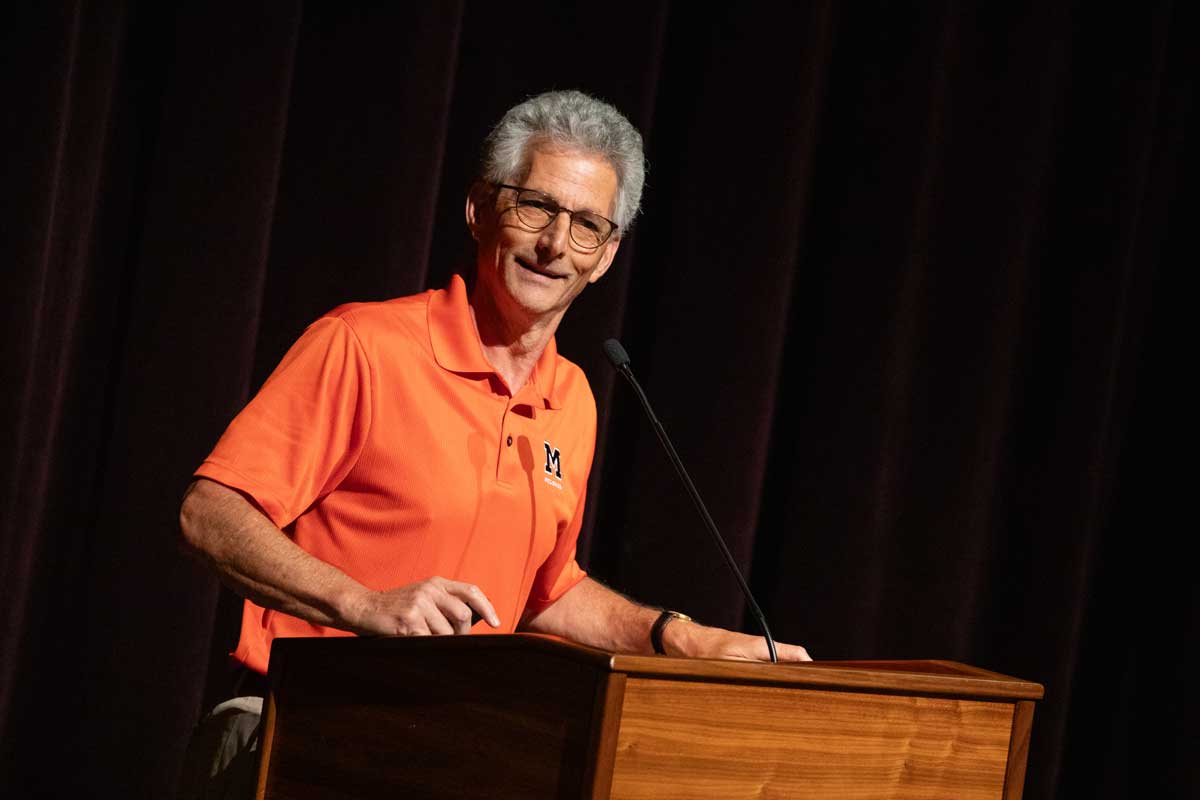After more than six decades, I close my eyes and think about the truly great teachers I experienced along my educational journey.
My elementary school teachers were generalists, required to teach young children how to read, write, and navigate the foundational concepts of math. They had the answers to all our questions.
In middle school or junior high, we were introduced to specialists who taught us English, Science, Algebra, Geography, History, and foreign languages. Some of them led us beyond the textbook and the classroom to field trips and encounters with evidence confirming their teachings.
In high school, specialists were everywhere. History widened beyond our borders. Math expanded from Algebra I to II to Geometry, Trigonometry, and Calculus. Foreign languages stepped us from year I to II to III and IV. Science zigged and zagged from Biology to Physics to Chemistry. English journeyed from literature to plays to poetry, through multiple countries of origin, and if we were ready for it, through the art of creative writing.
Arriving at college, I considered myself to be an experienced student. Whenever I encountered a subject new to me, my interest in expanding my knowledge in that program the next semester only occurred when my professor inspired me, or my classmates convinced me the next class(es) would be better.
My education experience from elementary school through college and a master’s degree was continuous. I took a break from courses for credit when I began my career. The formal school break was not a break, however, from learning career-related material from experienced professionals whose classes accelerated our knowledge in topics important for advancement. Later, as a higher education professional, I earned my doctorate in education.
During my career, I was an instructor for many professional level courses. I shared my knowledge and experiences with colleagues and subordinates. I considered myself to be a good teacher. “Great” was a term that I reserved for those whose profession was teaching and whose skills were an art form enhanced through years of observation and application.
At a recent McDonogh School Board of Trustees meeting, I witnessed a great teacher in action.
The meeting’s agenda listed the topic as “History of McDonogh School.” I assumed the purpose was to discuss the school’s upcoming 150th anniversary celebration. Leading the discussion was Jon Aaron, a member of McDonogh’s class of 1972 as well as a McDonogh English teacher, theater advisor, and coach over the past 47 years.
My assumption about the purpose of the topic was wrong.
Prior to beginning his lecture, Mr. Aaron rushed around the board table and handed a single Sweet Gum tree seed pod from a canvas bag to everyone.
He told us stories about the school, sharing his experiences and information from his research. Slides with lines from the last will and codicil of the school’s founder, John McDonogh, were combined with documents and photographs of the school’s first students as well as current students.
Photos and stories ranged from physical changes to the campus from its early days as a farm school for orphan boys with buildings for activities like blacksmithing to its status as a co-ed, PK-12 independent school with 1,400+ students organized into three schools (Lower, Middle, and Upper) (see picture below for a view of the main upper school building).
Each photo and slide represented a story, a period-in-time, or a season. The sweet gum tree pod distributed in advance was a foil for a photo representing a view from a single vantage point on the campus. The vantage point was from the statue of the school’s founder (see picture below).
Another slide was a photo of the original enrollment book, listing by number the name of the student, his home address, and where the student went after leaving the school. The first student was a boy named John Baker.
Mr. Aaron noted that every student since John Baker continued and continues to receive a place in the list of enrollments. His “number” as a first grader in 1960 was in the 7,000 range and his two daughters are listed in the book several thousand students later based on their sequence of entry as kindergarten students in the late 1990’s.
Part of McDonogh’s history is the school’s uniforms. Its first orphan boys were clothed in surplus Civil War uniforms but awarded a suit to wear home upon successful completion of their studies at the school. Woven into the slides was a picture of Mr. Aaron as a first grader in his military uniform and a picture of him as a senior after McDonogh dropped its military curriculum.
The ribbons displayed on the school’s military uniforms (see picture below)
have morphed to badges and pins on the school blazers of today’s students (see picture below).
Accompanying Mr. Aaron was a current senior student who provided board members with a narrative of the various badges and pins on her school blazer and what they meant to her.
Mr. Aaron presented pictures from McDonogh’s archives of his former English teachers along with commentary about how each of them influenced his education and his subsequent profession. The classes that they taught ranged from reading to advanced grammar, American literature, contemporary literature, British literature, and poetry. His descriptions of those teachers resonated with me as we were McDonogh classmates.
My recollection of Mr. Aaron’s lecture does not reflect all the facts he presented, nor does it accurately depict his skillful pauses and emphasis of specific words. He is a master of oratory. His art has been honed through his 47-year classroom experiences.
I’m willing to wager that if I interviewed the board members who listened to the lecture, not everyone would recall the same points. At the same time, I bet each of them would be able to describe thoughts and reflections that Mr. Aaron’s lecture generated.
What makes a great teacher? Start with a passion for teaching. Add to that strong communication skills as well as demonstrate an ability to manage the classroom. Good teachers also must be lifelong learners, able to adjust their lessons whenever appropriate.
Jon Aaron is a great teacher. I don’t know how many students he has taught over the years, but I hope he has inspired more than a few like he was inspired by his teachers years ago. Society and our expectations for education may have changed over the past 150 years, but learning from a great teacher may have become more impactful. Let’s hope their ranks increase.















